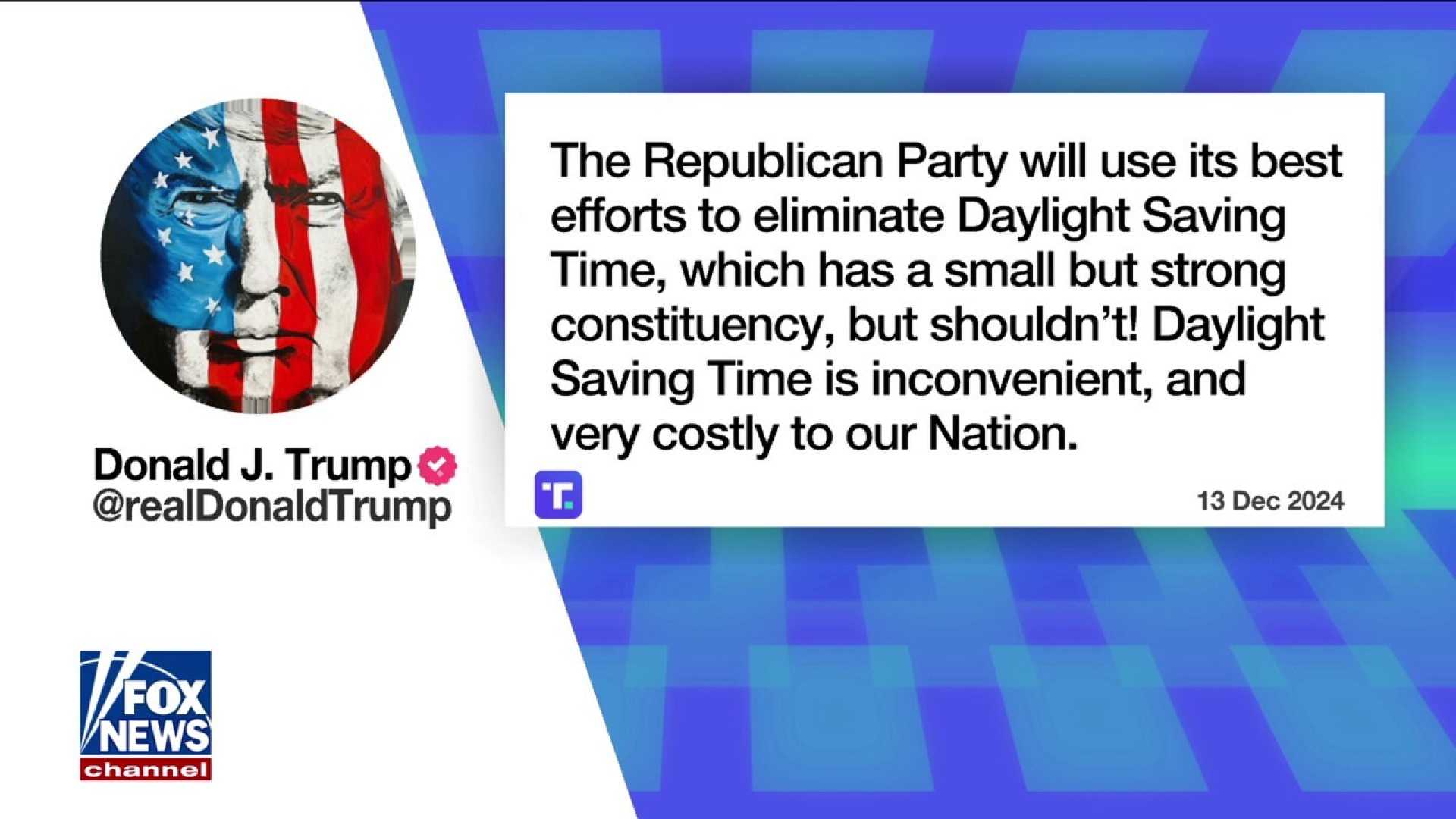News
Trump’s Hesitation on Daylight Saving Time Sparks Debate Across U.S.

WASHINGTON — President Donald Trump indicated on Thursday that he has become less aggressive in pursuing the elimination of daylight saving time, calling the issue a ’50-50′ matter, just days before the country will spring forward an hour.
In remarks made in the Oval Office, Trump remarked on the divisive nature of the daylight saving time debate, stating, ‘It’s a 50-50 issue, and if something’s a 50-50 issue, it’s hard to get excited about it.’ The president noted that while he believed many people enjoy extending daylight into the evening hours, there is a significant portion of the population that prefers more light in the morning to avoid children going to school in darkness.
‘It’s something I can do, but a lot of people like it one way, a lot of people like it the other way. It’s very even, and usually, I find when that’s the case, what else do we have to do?’ he added.
Trump’s comments represent a change in tone from previous remarks made in December, where he claimed the ‘Republican Party will use its best efforts to eliminate’ daylight saving time, labeling it a costly inconvenience. However, transitioning to permanent standard time would require congressional approval, a significant hurdle for any potential legislation.
Under current federal law, daylight saving time (DST) begins on the second Sunday in March and ends on the first Sunday in November. This Sunday, March 9, at 2 a.m., clocks across most of the United States will move forward to mark the onset of DST. While most Americans will lose an hour of sleep in the process, advocates for DST argue it provides longer daylight hours in the evenings.
Adding to the public discourse, tech billionaire Elon Musk recently surveyed his social media followers on the daylight saving time topic. The results revealed that 58.1% preferred an hour of daylight later in the day when asked about the time change. The history of daylight saving time goes back to 1918 and has seen various modifications over the decades, with the most recent federal standard set by the Uniform Time Act in 1966.
Some studies suggest there are adverse effects associated with the traditional clock changes, including increased health risks and car accidents. The American Academy of Sleep Medicine has advocated for permanent standard time, raising concerns about the misalignment between societal schedules and human circadian rhythms.
Despite the health and safety concerns raised, many individuals express appreciation for the added evening light during the traditional workweek, suggesting that this duality in preferences complicates the effort to end daylight saving time.
Lawmakers have been attempting to address the daylight saving time issue for decades. The Sunshine Protection Act, proposing to make daylight saving time permanent across the U.S., passed through the Senate in 2022 but failed to secure a vote in the House.
In the wake of Trump’s comments, it remains uncertain if any consensus can be reached to alleviate the biannual clock changes that affect millions of Americans. Until Congress makes a decision, the time change will proceed as scheduled.












